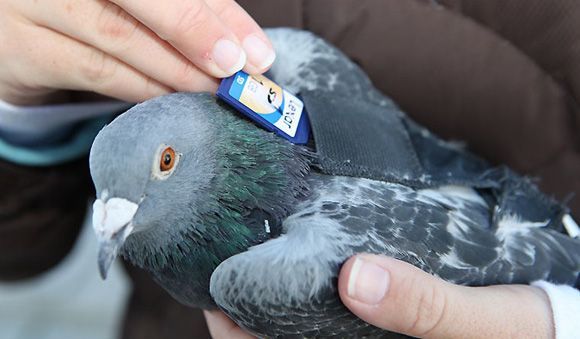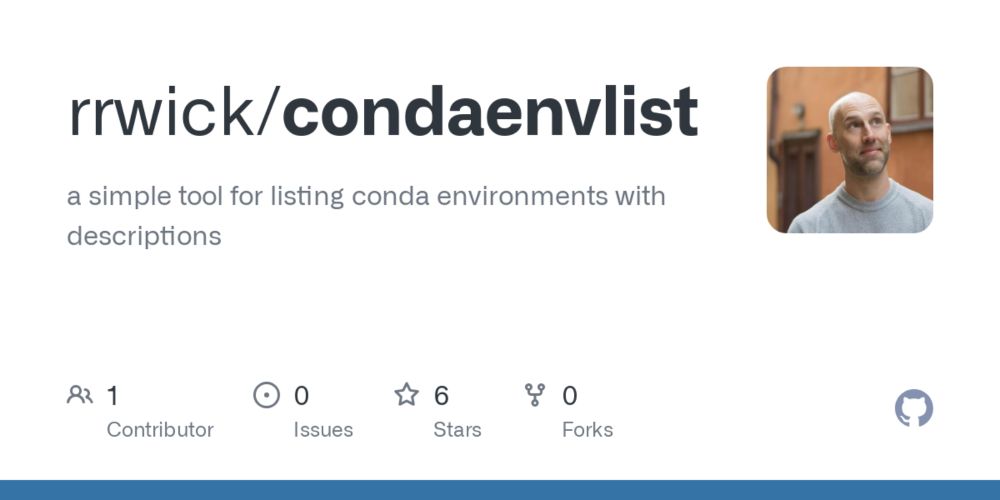🧵6/ 6
Since MSRs sketches are sequence, they are super easy to use. I think they could be useful for many other problems, e.g. SNP calling, pangenome graphs, indexing, etc.
03.10.2025 14:51 — 👍 1 🔁 0 💬 0 📌 0

🧵5/6
The sketching makes assembly extremely fast: a gut metagenome sample of 138Gbp of sequencing data was assembled in less that 2h and 10G RAM on 8 threads ⚡. And thanks to MSRs, *highly similar strains are not collapsed*
03.10.2025 14:51 — 👍 1 🔁 1 💬 1 📌 0
🧵4/6
Two key properties that make MSRs sketches really cool:
👉 They are alignable sequences: you can just feed them in existing assembler
👉 MSR sketches can *keep all the SNPs*, i.e. two highly similar sequences are (almost) always reduced to different sketches -> useful to separate similar strains
03.10.2025 14:51 — 👍 1 🔁 0 💬 1 📌 0

🧵3/ 6
MSRs have been defined by @lblassel.bsky.social @rayanchikhi.bsky.social and @pashadag.bsky.social in pmc.ncbi.nlm.nih.gov/articles/PMC....
Take a sequence, a value of k, and stream all k-mers through a function that output either a base or the empty character, and you got your sketch
03.10.2025 14:51 — 👍 0 🔁 0 💬 1 📌 0
🧵2/6
Conceptually, the assembler is on the same lines as metaMDBG:
1. sketching reads
2. assembly procedure on the sketches
3. reversing to base-space to obtain the final assembly
The main difference is the sketching scheme: we introduce *Mapping-friendly Sequence Reductions (MSR) sketching*
03.10.2025 14:51 — 👍 1 🔁 0 💬 1 📌 0

🌎👩🔬 For 15+ years biology has accumulated petabytes (million gigabytes) of🧬DNA sequencing data🧬 from the far reaches of our planet.🦠🍄🌵
Logan now democratizes efficient access to the world’s most comprehensive genetics dataset. Free and open.
doi.org/10.1101/2024...
03.09.2025 08:39 — 👍 215 🔁 118 💬 3 📌 16
Preprint out for myloasm, our new nanopore / HiFi metagenome assembler!
Nanopore's getting accurate, but
1. Can this lead to better metagenome assemblies?
2. How, algorithmically, to leverage them?
with co-author Max Marin @mgmarin.bsky.social, supervised by Heng Li @lh3lh3.bsky.social
1 / N
07.09.2025 23:34 — 👍 110 🔁 76 💬 5 📌 5
Congrats! Nice results 🎉
16.05.2025 14:08 — 👍 0 🔁 0 💬 1 📌 0
I am happy to share our new preprint introducing MADRe - a pipeline for Metagenomic Assembly-Driven Database Reduction, enabling accurate and computationally efficient strain-level metagenomic classification.
🔗https://www.biorxiv.org/content/10.1101/2025.05.12.653324v1
1/9
16.05.2025 08:36 — 👍 12 🔁 7 💬 2 📌 0

Starting #RECOMBseq with @rayanchikhi.bsky.social 's keynote. Here stressing our responsibility as scientists to enable access to a common good: genomic data
24.04.2025 00:42 — 👍 30 🔁 10 💬 1 📌 1

Side note: you could, speaking purely theoretically, also fit every microbe onto an SD card, which is within the weight limit for a carrier pigeon. For some distances, it would be faster than the internet for transmitting sequence libraries
7/
09.04.2025 21:10 — 👍 45 🔁 11 💬 4 📌 2
So glad this is finally out. The method has been instrumental in allowing us to compress the AllTheBacteria data - ~2 million bacterial genomes shrink from 3Terabytes (gzipped) to 100Gb using phylogenetic compression. Great work by @brinda.eu
09.04.2025 22:27 — 👍 126 🔁 51 💬 4 📌 1

GitHub - rrwick/condaenvlist: a simple tool for listing conda environments with descriptions
a simple tool for listing conda environments with descriptions - rrwick/condaenvlist
Do you (like me) create a bunch of conda environments, then later forget what they're for, when they were last updated, or which tools are in them?
If so, you might this little project: github.com/rrwick/conda...
27.03.2025 04:34 — 👍 78 🔁 40 💬 1 📌 1

So glad to have participated in #DSB2025, what a great workshop! For some mysterious reason it was the first time I attended after 3 years of sequence research. Thanks to all participants & organizers 😃
07.03.2025 19:41 — 👍 2 🔁 0 💬 1 📌 0
Ragnar's made some incredible optimizations on the computation of minimizers, can't wait to see how these improvements will benefit bioinfo tools!
13.12.2024 15:50 — 👍 4 🔁 2 💬 0 📌 0
Really cool work!
13.12.2024 14:42 — 👍 1 🔁 0 💬 0 📌 0

Toy example of the AAAAAAA bucket associated to four super-k-mer turned into their interleaved representation.
Amazing ideas here www.biorxiv.org/content/bior... from
@yoann.bsky.social
and collaborators.
Reorganize minimizers to allow kmers dichotomic search. That's brilliant.
#bioinformatics 🧬🖥️
04.12.2024 12:10 — 👍 23 🔁 5 💬 2 📌 0

So glad to have successfully defended my Ph.D. last week 😀 Work on producing haplotype-resolved metagenomic assemblies using noisy long reads (HairSplitter) and high-fidelity long reads (Alice assembler, unpublished yet).
Thanks to my advisors Dominique Lavenier and Jean-François Flot ❤️
04.12.2024 08:32 — 👍 9 🔁 3 💬 1 📌 0
Congrats @firtinac.bsky.social ! I enjoyed thouroughly reading the BLEND paper 😄
02.12.2024 14:11 — 👍 1 🔁 0 💬 1 📌 0
Independent scientist, Tübingen, Germany. Developer of the DIAMOND protein aligner. https://github.com/bbuchfink/diamond
Highlights and sharing of the science and research from the Tara Oceans expeditions.
Publication list: https://t.co/TCbLXqT0oE
Senior Research Scientist at the Harvard Chan School of Public Health. Research and teaching in microbiome and protein bioinformatics. Fan of tabletop games, sci-fi/fantasy, sketch comedy, and organizing.
PhD student at FER, University of Zagreb | Bioinformatics | Metagenome analysis | Genome assembly
Evolutionary biologist & quantitative geneticist. I study interesting and useful plants. Assistant professor
@UMassBoston. Pronouns: she/her.
Computational microbiologist
I like to post about: microbial genomics, microbial ecology, evolution, micro+plant biotechnology, climate, symbiosis, virology, ag, sci publishing and policy
Bioinformatician, marine scientist, eDNA enthusiast, microbe lover. CalCOFI. SIO / SCCWRP / NOAA. West Coast OBON co-leader.
I follow Bioinformatics, Computational Genomics, Machine Learning, Scientific Coder | C++, Python, R, Rust 🦀 | Heterosexual | Everyone equal at work | I don’t do Politics | Read Post and Replies | Mail: omicscode@proton.me https://github.com/omicscode
Computational Biology PhD Student at the University of Birmingham. (Meta)genomic pathogen surveillance, infectious disease modelling, and BW disarmament. 🇬🇧/🇸🇬
postdoc researcher at the Institut de Recherche en Cancérologie de Montpellier (IRCM U1194) @ircm-mtp.bsky.social
ex- @irisa-lab.bsky.social and
@inrae-dpt-phase.bsky.social
CNRS researcher in bioinformatics
Lille, France (Bonsai team).
I develop efficient computational methods to analyze massive sequencing data, creating scalable tools for genomics, transcriptomics, and metagenomics.
https://malfoy.github.io/
‖ Permanent Researcher / INRIA Start. Faculty @ INRIA Rennes 🇫🇷 ‖
BioInfo/CompBio: algorithms, genomics, pathogens & rapid diagnostic of antibiotic resistance《 https://brinda.eu | https://github.com/karel-brinda 》
On the academic job market | How are species compared to one another across different genomic regions? Postdoc at Langmead Lab, Johns Hopkins | Comparative #genomics at scale | Formerly at UNIL/SIB/WUR | sinamajidian.github.io
CNRS researcher at @irisa-lab.bsky.social / @genscaleteam.bsky.social
Postdoc researcher in bioinformatics at Pasteur institute. Scalable methods and software for metagenomics. https://github.com/GaetanBenoitDev
PhD student in bioinformatics w/ Karel Břinda and Pierre Peterlongo (Inria/Irisa)
🧬 Leveraging structure of bacterial genome datasets for large-scale algorithms
🌐 lacker.gitlab.io
PhD in computational biology, postdoc at the University of Milano-Bicocca
🧬 Genomics
🧩 Mathematical programming
🕸️ Graph algorithms
👥 Board member of ALIA for academic freedom
👥 Board member of Nicomaque (Science popularization)
🌐 vepain.gitlab.io
Bioinformatics geek 🤓 crafting Rust-y tools 🦀 for microbial genomes 🦠 🧬.
Trying to master Dad mode 👨🍼
See what I'm up to here: https://github.com/mbhall88










